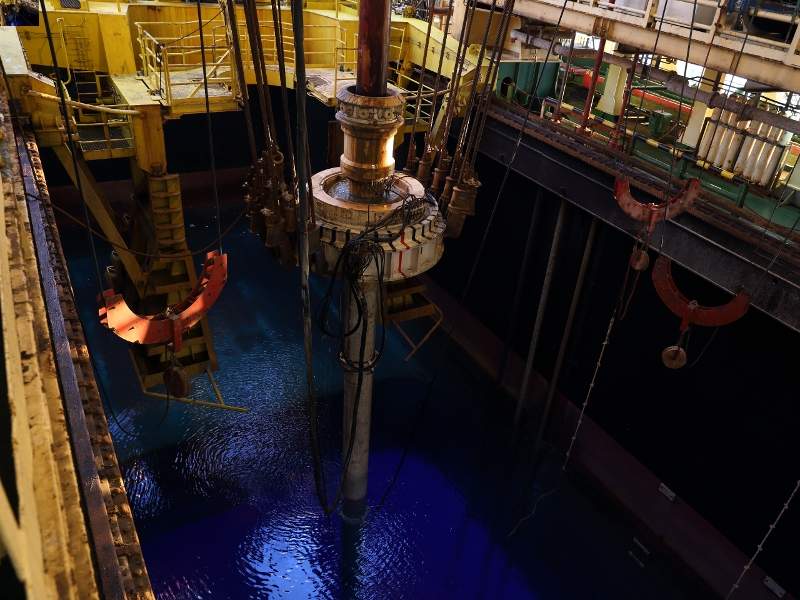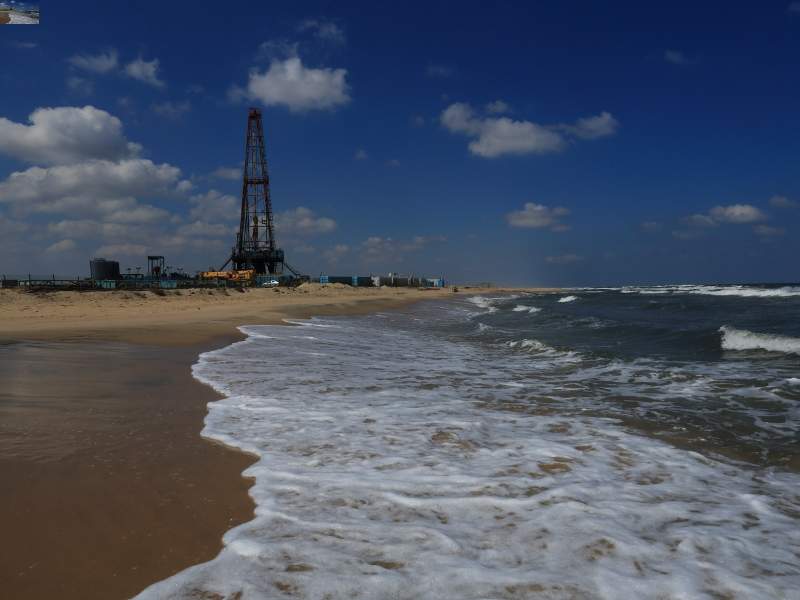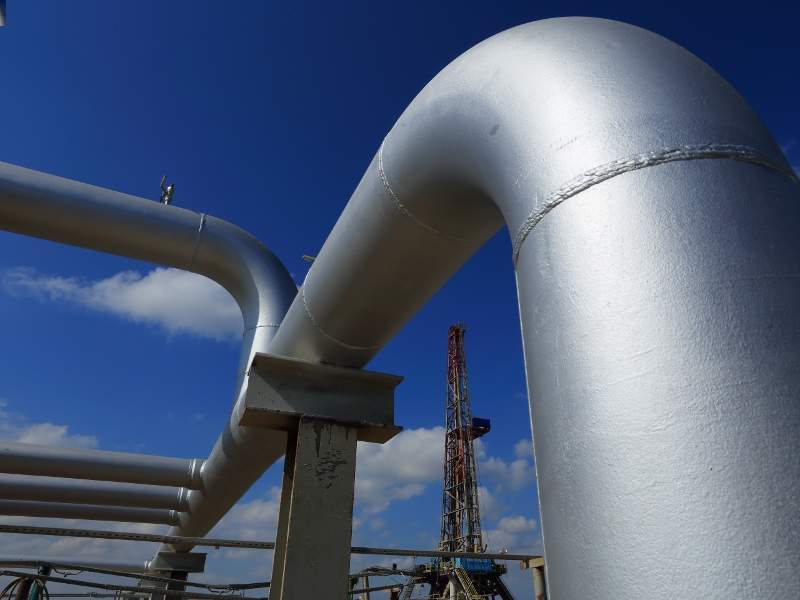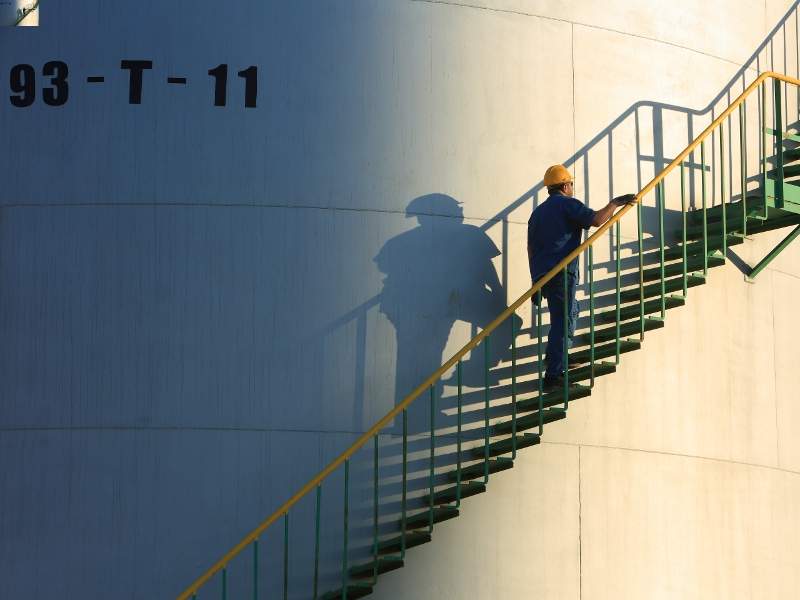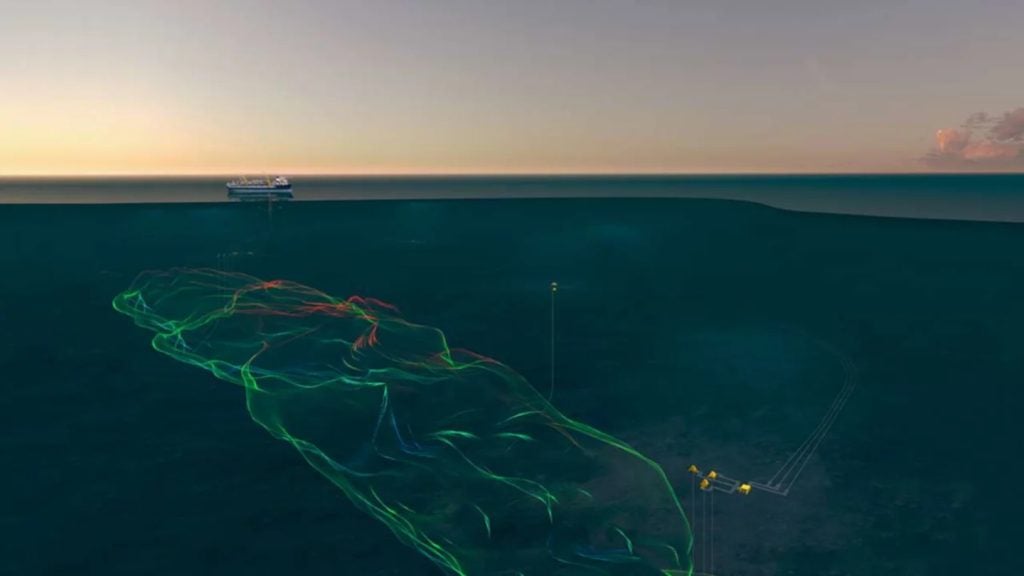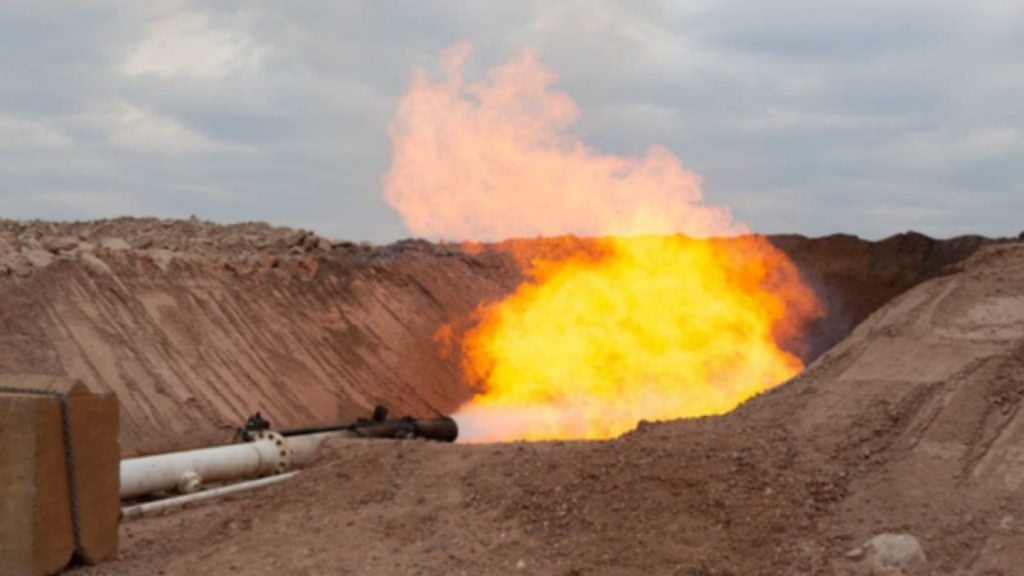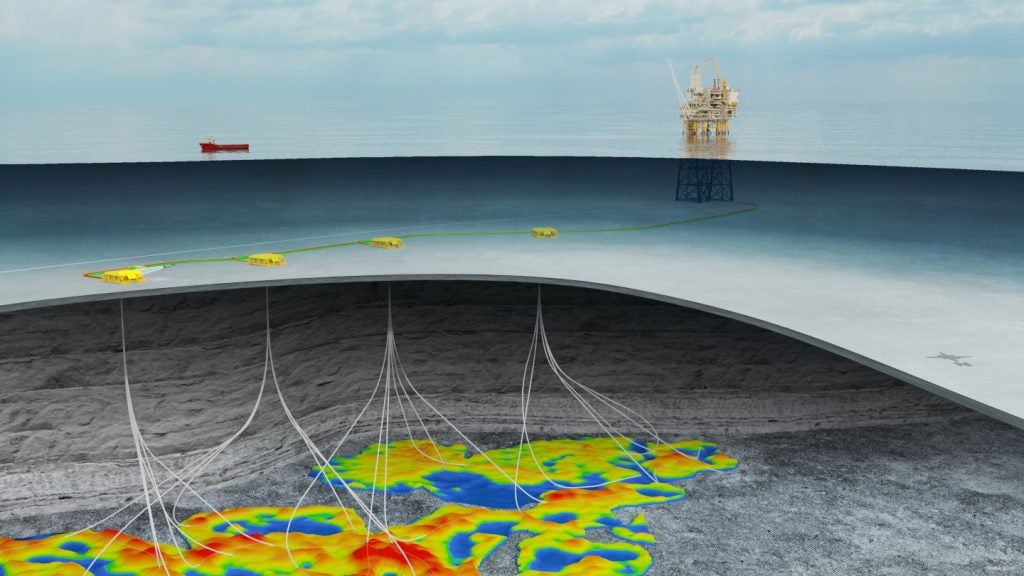
The Nooros gas and condensate field is located in the shallow waters of the Nile Delta, approximately 120km north-east of Alexandria, Egypt. Discovered in July 2015, the field is part of the Abu Madi West development license.
Through its subsidiary IEOC Production BV, Eni holds a 75% interest in the Abu Madi West development license, while BP holds the remaining 25%. The field is operated by Petrobel, which is jointly owned by IEOC (50%) and the Egyptian General Petroleum Corporation (50%).
The field achieved first production in September 2015 and produced record levels of 128,000 barrels of oil equivalent a day (boed) in September 2016.
Eni is further developing the field to reach a maximum production capacity of 160,000boed in 2017. Production from the Nooros field plays a key role in reducing dependence on gas imports. The field also supplies clean low-cost energy for Egypt‘s development.
Nooros field geology and reserves
Nooros was discovered through the drilling of the Nidoco NW2 Dir NFW well to a depth of 3,600m. The well struck a 60m-thick gas-bearing sandstone reservoir of the Messianian age. The reservoir demonstrated excellent petrophysical properties and included additional layers of gas in the overlying Pliocene section.
The field is estimated to contain 15 billion cubic metres of gas in place (530 billion cubic feet), along with associated condensates.
Nooros field exploration and appraisal
To further explore the field, the Nidoco NW3 well was drilled from onshore to reach the field reservoir. Similar to the discovery well, the exploration well encountered a 65m-thick gas-bearing sandstone layer of Messianian age.
In February 2016, another deviated well, Nidoco North 1X, was drilled from onshore and encountered a gas-bearing sandstone reservoir of the Messinian age with a thickness of more than 43m.
Eni plans to further explore the area to identify additional potential in the license through the drilling of new exploration wells.
Nooros offshore field development
The development of Nooros field is part of Eni’s near field development approach aimed at quick exploitation through the use of existing and nearby infrastructure. In addition, use of existing infrastructure and the conventional nature of the field significantly reduced the production costs of the project, which were the lowest in Eni’s portfolio.
The development was an important milestone for Eni as first production was achieved within 13 months of discovery. The milestone was achieved through the use of the existing infrastructure, including the Abu Madi treatment plant.
The field currently has seven production wells, including the Nidoco NW2 Dir NFW, Nidoco NW3 and Nidoco North 1X exploration wells. Eni plans to drill additional wells to reach a maximum production capacity of 160,000boed in 2017.
Production from the Egyptian gas and condensate field
The field is producing 700 million cubic feet of gas (19.8 million cubic metres of gas), in addition to condensates and natural gas liquids a day as of September 2016.
The produced gas and condensates are sent to the Abu Madi treatment facility for processing, after which they are fed into the Egyptian gas network.
Great Nooros Area development details
In line with its strategy to explore near field development, Eni made an important gas discovery in the Baltim South West prospect, which was discovered with the drilling of the Baltim South West 1X well followed by the Baltim South West 2X appraisal well.
With the discovery of the new prospect, the potential of the Great Nooros Area, which includes the Nooros field, has increased to three trillion cubic feet of gas in place. Eni plans to further appraise the field and develop it as a tie-back to the existing facilities.

